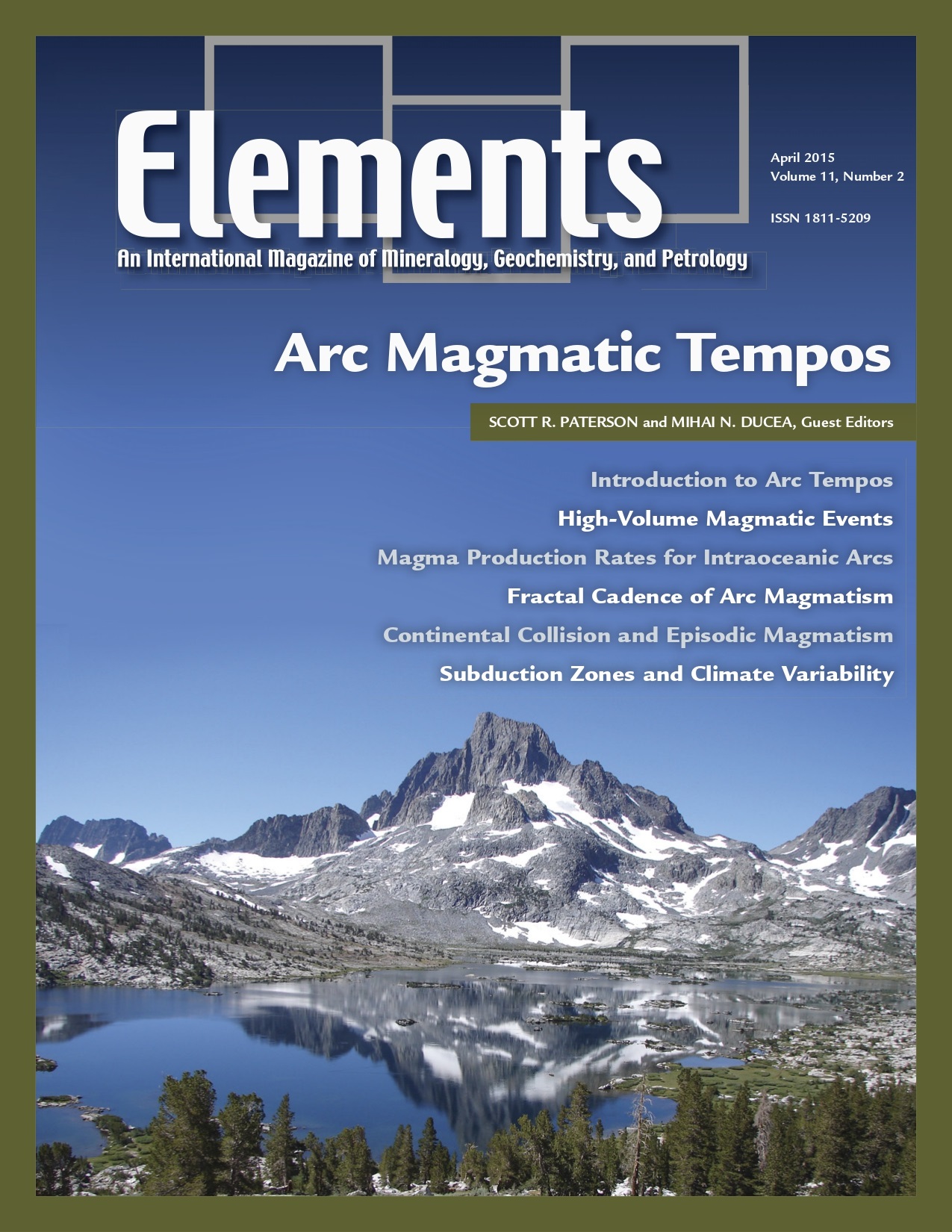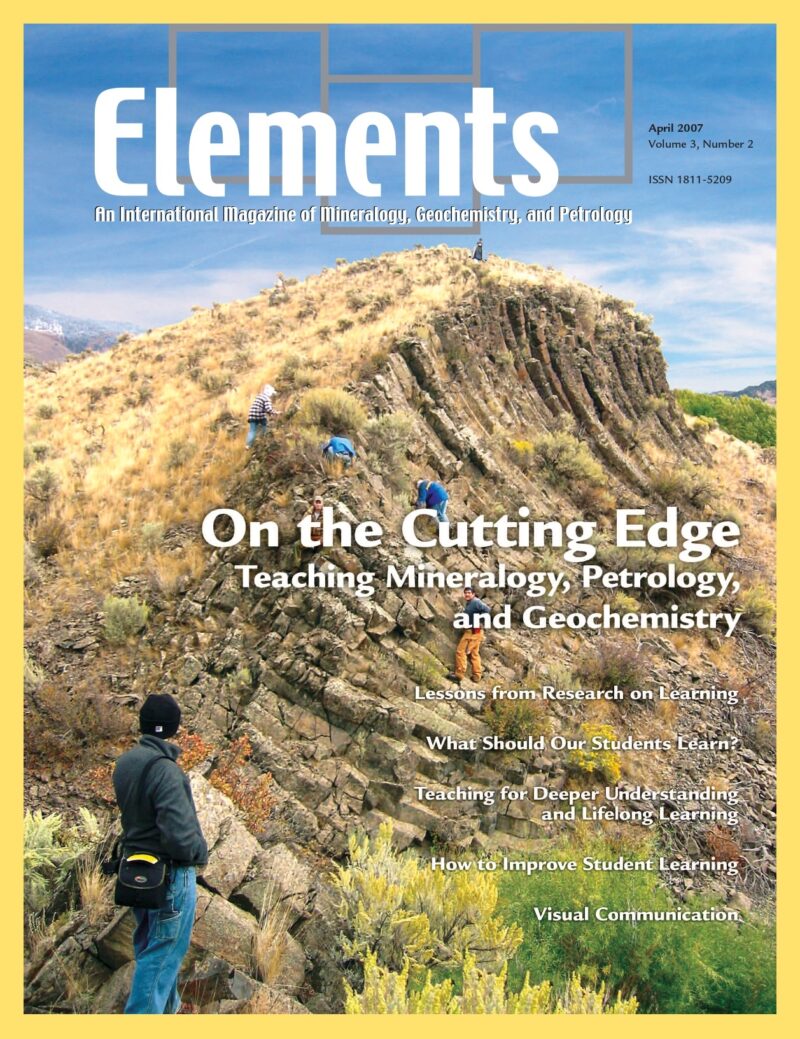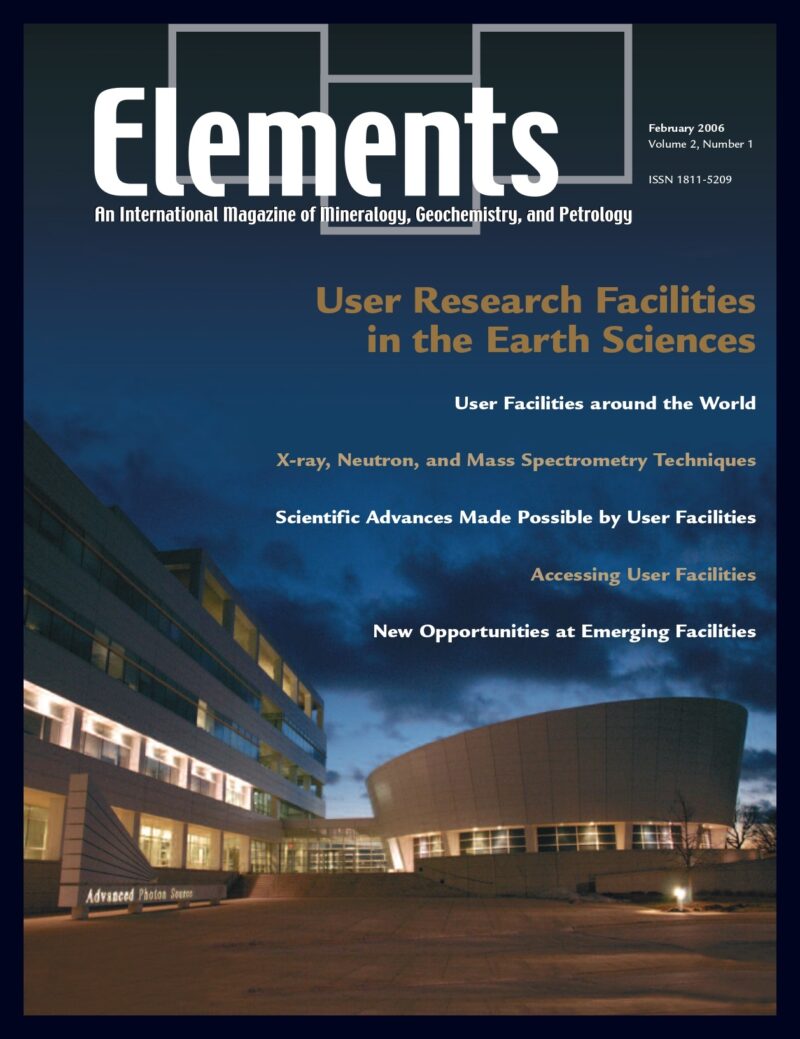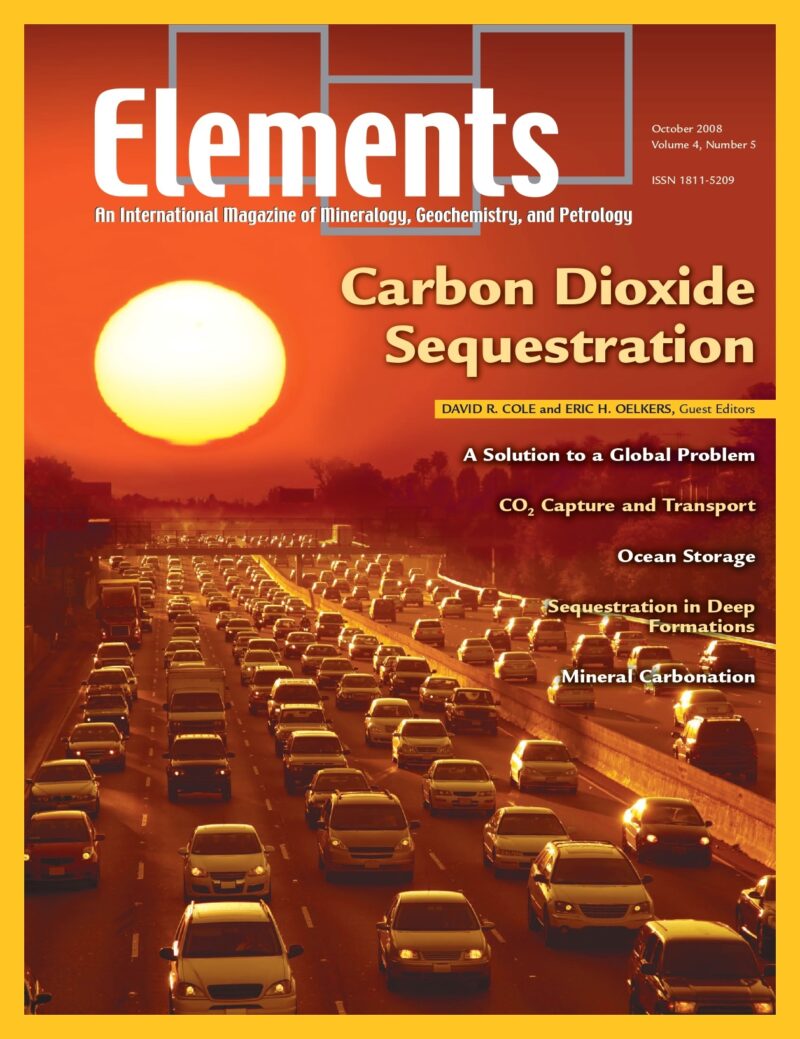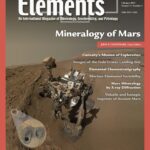
Mineralogy Of Mars, February 2015, Vol. 11, No. 1
June 28, 2024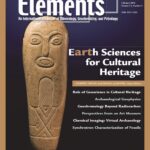
Earth Sciences For Cultural Heritage, February 2016, Vol. 12, No. 1
June 28, 2024Arc Magmatic Tempos, April 2015, Vol. 11, No. 2
$20.00
Research over the past decade has established that magmatism in oceanic and continental arcs is not temporally or spatially steady-state. The causes of well-documented order of magnitude increases in magmatic production over relatively short-lived, high-volume events remain controversial.
Arc Magmatic Tempos
April 2015, Vol. 11, No. 2
Research over the past decade has established that magmatism in oceanic and continental arcs is not temporally or spatially steady-state. The causes of well-documented order of magnitude increases in magmatic production over relatively short-lived, high-volume events remain controversial. Since the differentiation of our planet and formation of the continental crust and its underlying mantle lithosphere is in large part the result of magmatic processes at convergent margins, it is imperative that we understand the underlying controls on the tempo of magmatic and tectonic activity in arcs and the episodic nature of magmatism. These processes also influence socially important processes such as long-term climate change, volcanic and fault hazards, and ore deposition. This issue provides an overview of some recently developed models for episodic behavior in subduction magmatism, from global to single magmatic systems, and explore the causes of high-volume events in subduction-related magmas.
Why You’ll Love Elements Magazine:
- Expert Contributors: Articles written by renowned researchers in the field of geoscience.
- Engaging Content: Join a community of readers who are passionate about Elements.
- Exceptional Quality: Each issue is printed on high-quality paper with stunning visuals and detailed illustrations that bring complex scientific concepts to life.
Order your copy of the April 2015 issue of Elements magazine today and delve into arc magmatic tempos.
Related products
-
On The Cutting Edge: Teaching Mineralogy, Petrology, And Geochemistry, April 2007, Vol. 3, No. 2
$20.00New advances in research on learning have important implications for teaching mineralogy, petrology, and geochemistry. Effective instructional practices are increasingly student centered, address diverse student learning styles, and employ a variety of active-learning strategies.
-
User Research Facilities In The Earth Sciences, February 2006, Vol. 2, No. 1
$20.00Earth scientists rely on effective access to user research facilities that provide state-of-the-art analytical instrumentation. This thematic issue focuses on some of these facilities and how to use them.
-
Carbon Dioxide Sequestration, October 2008, Vol. 4, No. 5
$20.00Storage of carbon in the subsurface involves introduction of supercritical CO2 into rock formations beneath the surface of the Earth, typically at depths of 1000 to 4000 meters. Although CO2 is a relatively benign substance, the volume being considered is large.

